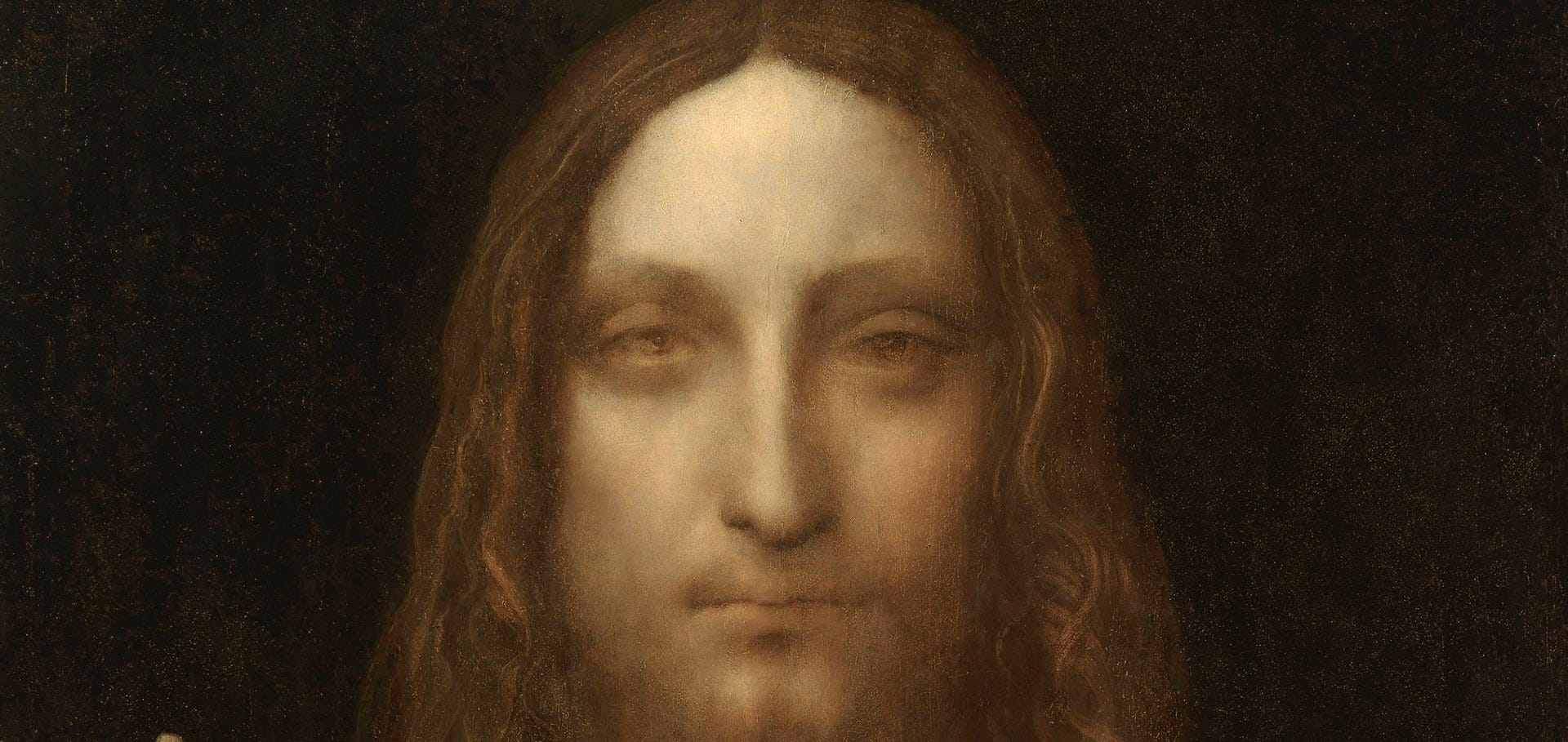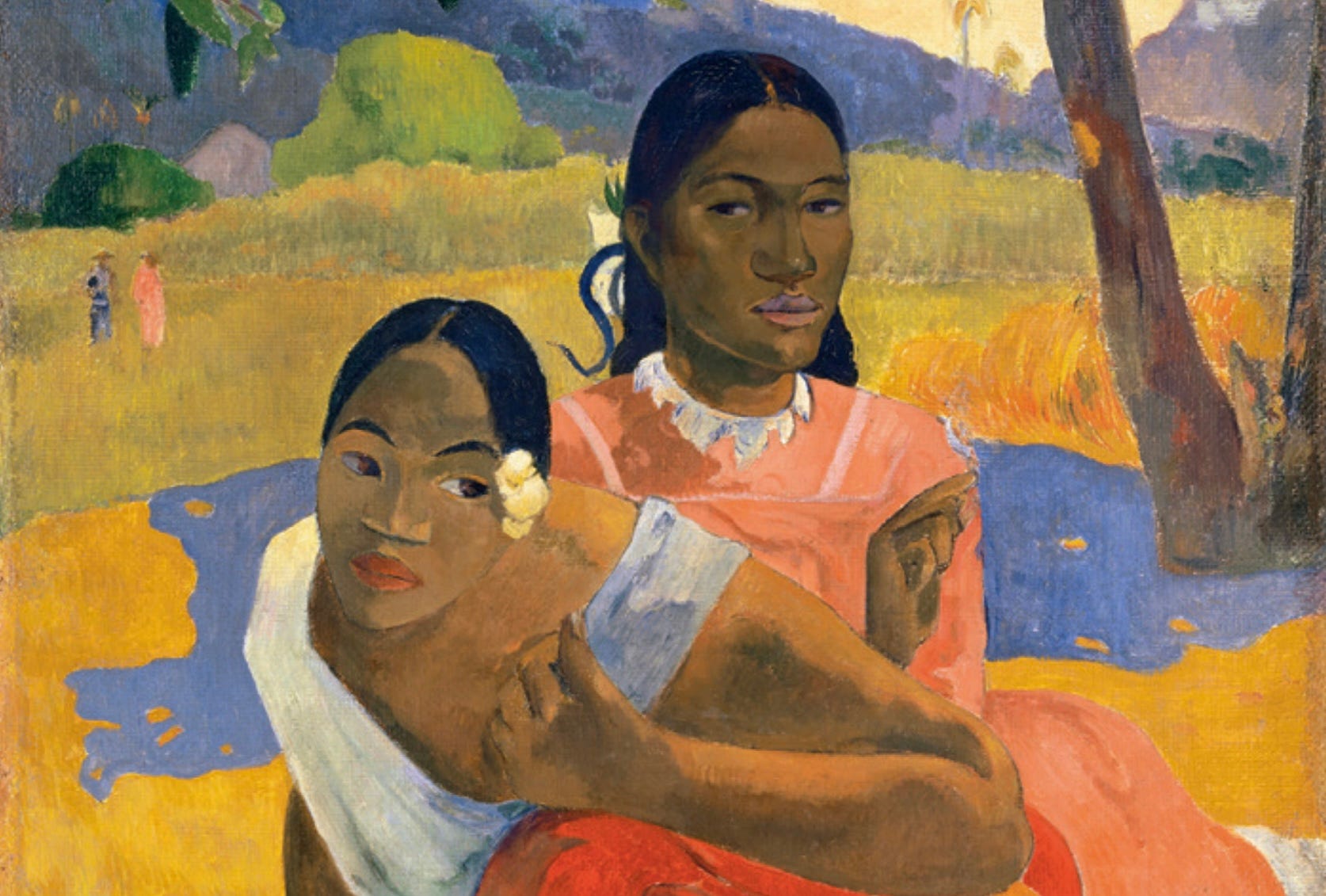Differences Between Nude and Naked in Iconic Female Artworks
- Dec 23, 2023

Image: Amedeo Modigliani, Nu Couché (Reclining Nude), 1917-1918
Representing female nudes in the history of art is a canonical subject matter, alongside landscapes, still life, portraiture, and historical paintings. When thinking of iconic female nude artworks, one might think of timeless masterpieces like Titian’s Venus of Urbino (c. 1534) or Botticelli’s Birth of Venus (c. 1484-86). However, comparing these to works like Édouard Manet’s Olympia (1863) or Amedeo Modigliani’s Nu Couché (1917) reveals striking stylistic contrasts. It raises questions such as: Are they all the same type of female nude paintings? Is there a difference between referring to them as naked or nude?
Female Nude Artworks: Mythologizing the Female Body
Since antiquity, representing the nude female body has been central to art. Early representations often depicted deities. For example, the iconic Hellenistic sculpture Venus de Milo (c. 150 B.C.) by Alexandros of Antioch, located at the Louvre Museum in Paris, represents the deity of beauty and love, Aphrodite. Despite being unclothed, she is “clothed” under the veil of mythology. Historians believe the sculpture was intended to represent the goddess in the midst of her bath. One of her severed arms might have held an apple, an attribute of Aphrodite.
Art Historian Kenneth Clark, in The Nude: A Study in Ideal Form, comments that the representation of the female nude in art alludes to man’s desire to perfect rather than imitate. He distinguishes the naked from the nude, arguing that the naked body is the starting point from which artists create an idealized form, transforming it into a nude. Titian’s Venus of Urbino is a classic example, with its idealized skin texture and seductive gaze directed at an assumed male spectator. Clark notes, “she possesses that candor, that dreamy offering of self, that looking which was not quite looking,” emphasizing the seductive and idealized nature of the female nude.
Guidobaldo II, The Duke of Urbino, commissioned Titian’s Venus of Urbino. This painting bears characteristic attributes that identify it as a female nude, such as the idealized porcelain-like texture of the skin and the gaze in the nude woman’s eyes directed towards an assumed male spectator. Unlike Venus de Milo or The Birth of Venus, nothing in Venus of Urbino identifies her as a “Venus” other than her lack of clothing. However, Titian’s perfecting of the female body elevates her from mere mortal to a timeless symbol of beauty.
Naked Female Artworks: Demythologizing the Female Nude
In the 19th century, French Modernist Édouard Manet first exhibited Olympia (1863) at the Paris Salon of 1865. The work received a hostile reception for its sincere and confrontational treatment of the subject. Manet subverted the traditional female nude by presenting a 19th-century Parisian courtesan, Victorine-Louise Meurent, instead of a mythological figure. Olympia is best described as naked rather than nude, as she is a specific individual who has deliberately removed her clothes.
Manet also subverted traditional elements by giving Olympia a confrontational gaze, directly staring at the spectator, placing us in the role of the customer. This gaze, coupled with the presence of a bouquet presented by a servant, strips away any mythological or idealized pretense, presenting the interaction as a cold business transaction.
Manet’s demythologizing approach paved the way for a new tradition, influencing artists like Henri Toulouse-Lautrec, Edgar Degas, Amedeo Modigliani, Gustav Klimt, Egon Schiele, and Pablo Picasso. These artists continued to explore and challenge the conventions of the female nude.
Amedeo Modigliani, Nu couché (1917): Is she Naked or Nude?
Amedeo Modigliani (1884-1920), an Italian painter and sculptor, is known for his distinctive elongated forms and facial features. His work bridges traditional art with modernism. Modigliani’s Nu Couché, part of a series of nudes, was displayed in his first solo exhibition at Galerie Berthe Weill in Paris. The unidealized depiction and crude rendering of his nudes caused a public uproar, leading authorities to shut down the exhibition.
Nu Couché recalls traditional reclining nudes like Titian’s Venus of Urbino but includes unidealized features such as visible underarm and pubic hair, reminiscent of Manet’s Olympia. Modigliani’s nudes lack the porcelain-like skin of traditional nudes, allowing the texture and brushstrokes to be visible. This approach provides a sincere treatment of the subject, presenting the naked body with its natural imperfections.
Modigliani’s work also abstracts the female form through elongated limbs and arabesque contours. Although his nudes are modern and unidealized, the blank gaze of his figures evokes ancient Greek sculpture. This abstraction allows viewers to appreciate the formal qualities of the human body rather than seeing it as an idealized symbol of beauty.
The representation of hair on Modigliani’s Nu Couché, like in Manet’s Olympia, removes her from the timeless symbolic stature of beauty. However, unlike modern unadorned naked representations, her sexuality is abstracted and generalized through her blank eyes, reminiscent of classical sculpture. This abstraction allows viewers to appreciate the formal attributes of the female body, its curves, and contours.
Like his contemporaries, Picasso and Braque, Modigliani’s abstraction reflects his interest in formalism. The spectator is invited to enjoy the artwork not as an allegorical representation of the female body or the specific identity of a subject, but for its shapes, contours, and aesthetic qualities. Modigliani’s Nu Couché was sold at Christie’s for $170.4 million in 2015 to Chinese billionaire Liu Yiqian for the Long Museum in Shanghai.
Recent Exhibitions and Upcoming Events in 2024
For those interested in exploring more about the themes of nude and naked in art, several exhibitions in 2024 are noteworthy. The Museum of Modern Art (MoMA) in New York is hosting an exhibition titled “Nude: Art and Context,” featuring works from classical to contemporary artists, including pieces by Modigliani and Manet. The Louvre in Paris is also planning a special exhibition focusing on Hellenistic sculptures, including the Venus de Milo. Additionally, the Tate Modern in London will present “Modern Nudes,” a showcase of 20th-century interpretations of the nude, highlighting works by Picasso, Klimt, and Schiele.
Fun Facts About Famous Nudes
• Venus de Milo’s Mystery: The Venus de Milo is famous not just for its beauty but also for its missing arms. There’s ongoing debate about what her original pose was and what she might have been holding.
• Titian’s Hidden Messages: In Venus of Urbino, the sleeping dog at her feet symbolizes loyalty and marital fidelity, a nod to the painting’s context as a marriage gift.
• Manet’s Controversy: Olympia caused such a scandal at the 1865 Paris Salon that it had to be hung high up, out of reach, to prevent outraged visitors from damaging it.
• Modigliani’s Market Boom: Modigliani’s nudes were not well-received in his lifetime, but his works have fetched record-breaking prices in recent years, with Nu Couché selling for $170.4 million in 2015.
Conclusion
The distinction between nude and naked in art is more than just semantics; it reflects deeper cultural and historical contexts. From mythologizing the female body in classical art to demythologizing it in modern representations, artists have continually redefined how we perceive the human form. By examining works from Titian to Modigliani, we gain insight into the evolving portrayal of the female body. As we continue to explore these themes in contemporary exhibitions, we can appreciate the enduring complexity and beauty of the human form in art.











